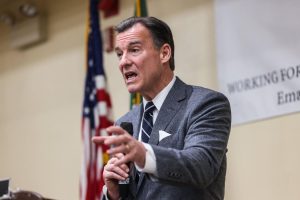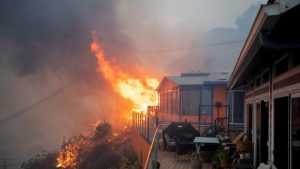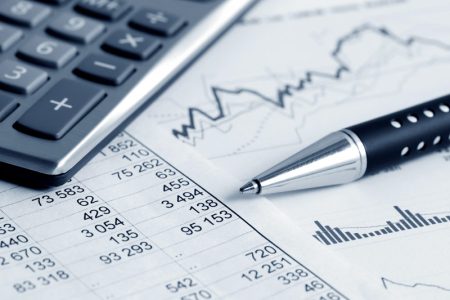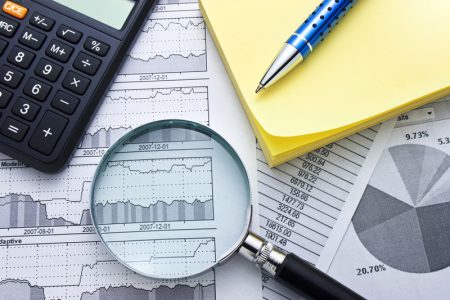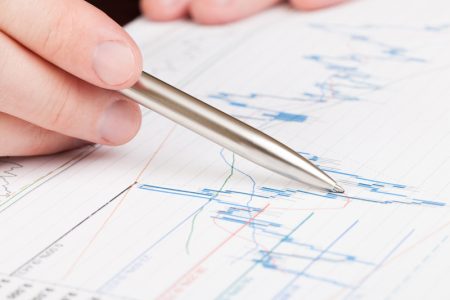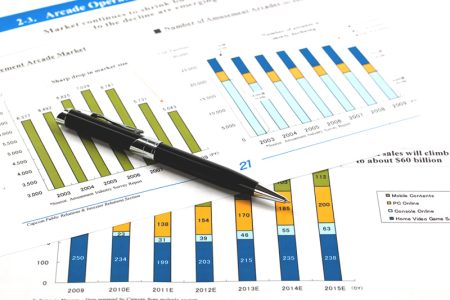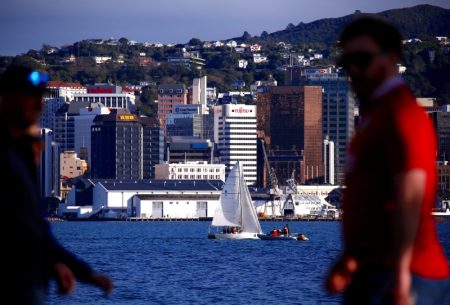By Alexander Marrow and Elena Fabrichnaya
MOSCOW (Reuters) – Russia will hold interest rates at 16% on Friday after 850 basis points of rate hikes in five meetings since July, a Reuters poll showed on Monday, with economists divided over the signal the bank will give to the market.
Widespread labour shortages, rouble weakness, strong credit growth and high government spending all contributed to stubborn price pressure in 2023, when annual inflation reached 7.4%, following on from an 11.9% reading in 2022.
But there are now signs that Russia’s consumer price growth is starting to ease. The central bank’s inflation target is 4%.
All 23 analysts and economists polled by Reuters on Monday predicted that the Bank of Russia would keep its key rate at 16% at Friday’s meeting.
Some economists said the central bank may go so far as to signal an upcoming rate cut, but others were less convinced.
“It is too early to talk about a sustainable inflation slowdown, seeing as the drop in price growth rates in December-January was mainly due to one-off and temporary factors,” said Igor Rapokhin, an FX and money market strategist at SberCIB Investment Research.
“We expect that the central bank will maintain the neutral signal at its next meetings (March and April) and continue to prepare the market for the likely lowering of the key rate later this year,” said Sovcombank chief analyst Mikhail Vasilyev.
Central Bank Governor Elvira Nabiullina gave a dovish signal in late January, stating in an interview with the RIA news agency that the bank sees room to lower its key rate, most likely in the second half of this year.
Nabiullina has been out of the public eye for several weeks, but on Monday made her first televised outing since cancelling a scheduled appearance almost a month ago.
Inflation and high interest rates are among challenges facing Russia’s economy as President Vladimir Putin prepares for a March presidential election, though Moscow’s success in evading a Western oil price cap is helping drive a recovery in economic growth and easing pressure for now.
In late February, 2022 Russia ramped up its benchmark rate to 20% in an emergency move after Moscow despatched tens of thousands of troops to Ukraine, which led to increasingly wide-ranging Western sanctions being imposed in response.
The key rate was then gradually cut to 7.5%, before the bank started hiking again in July 2023.
Read the full article here


